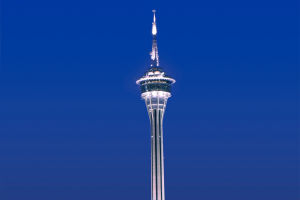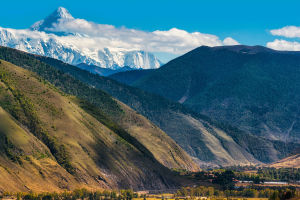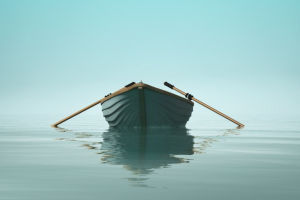Corsica’s true charm lies in its diversity.
On this island, families can hop aboard toy trains while hikers tackle scenic trails, and history enthusiasts dive into the legacy of Napoleon.
It’s a fragrant haven where stunning beaches—hundreds of them are just the beginning. From picturesque hilltop towns and cycling routes to natural wonders, Corsica offers something for everyone. A week may not be enough to fully explore, and two weeks would be even better.
Part of France but enjoying a level of autonomy, the Ile de Beauté averages seven-and-a-half hours of sunshine daily. While summers can see temperatures rise to 30°C, they typically hover around a pleasant 20°C.
Corsica may not be as widely known as other Mediterranean destinations like mainland France, Italy, Sicily, or nearby Sardinia, but it still offers an adventurous vibe. Despite being the Mediterranean's fourth-largest island and just a two-hour flight away, it remains a bit of a hidden gem.
With an under-the-radar UNESCO site, an impressive culture, pristine white-sand beaches, and a peaceful atmosphere that allows you to find your own quiet corner, Corsica promises a refreshing, less touristy escape.
What to Do
Corsica boasts numerous sandy beaches, but the standout stretches are found around Porto-Vecchio, home to its walled citadel. Plage de Palombaggia, with its crescent shape, and the smaller Pinarello Beach are both popular, lined with pizzerias and palm trees.
For a more peaceful experience, venture down a bumpy 2km track to reach the quiet sands of Balistra. If you’re after even more secluded spots, take a 30-minute boat ride from Bonifacio to the ten Îles Lavezzi, where hidden coves await.
Bonifacio, a city with deep historical roots, once served as a fortress to defend against Saracen raids. Its old town, perched on striking limestone cliffs, offers stunning views and a rich atmosphere. Head further up the coast to Sartène, a hill town where stories of pirate raids blend with charming shopping lanes.
Further north, past ancient Genoese watchtowers, lies Ajaccio, the birthplace of Napoleon Bonaparte. His childhood home is now a museum you can visit to learn more about his early life.
Where to Stay
Corsica is accessible from four airports: Calvi, Ajaccio, Bastia in the north, and Figari in the south. The island has a wide range of accommodations, from affordable self-catering apartments to luxurious beachfront resorts. In the countryside, you’ll find peaceful retreats, often in farmhouses turned into auberges offering a focus on local cuisine.
For families, Calvi and L’Île Rousse are two popular towns, both located on the scenic north coast and connected by a charming narrow-gauge railway. These areas offer a variety of medium-sized hotels and villas, as well as easy access to St. Florent, whose lively marina and historic old town are perfect for exploration.
Don’t Miss
Cap Corse, a rugged, finger-like peninsula stretching out towards mainland France, is a must-see. With its quiet hill villages, windmills, and wild beaches, it remains largely untouched by tourists.
Be sure to check out the black-pebbled beach at Nonza, one of the area’s highlights. Set aside at least half a day to explore its winding roads, stopping often to take in the breathtaking sea views.
Know Before You Go
While it's possible to stay in one location and explore all of Corsica, you’d need to dedicate a lot of time to driving.
Despite the island’s modest size—114 miles long and 52 miles wide—many of its roads are narrow, often single-lane, and pass through towns, with winding mountain roads dominating the inland. For a more practical and enjoyable experience, consider splitting your trip into a north and south base.


